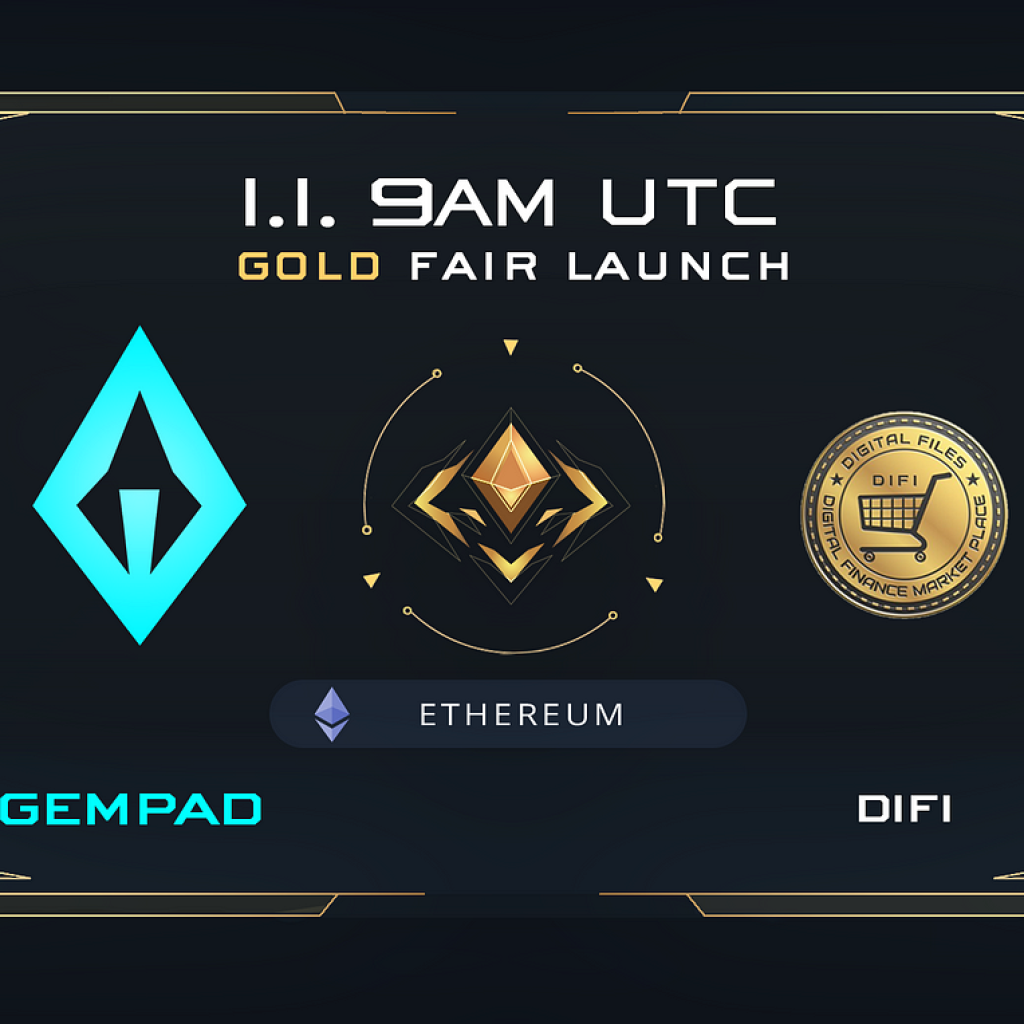Given crypto’s volatility, most investors resort to assets known for stability in order to minimise their losses. One of the ways to battle instability in prices and ensure returns in your asset is by purchasing crypto coins backed by fiat currency, which is why stablecoins became so popular as one of the alternative types of cryptocurrencies.
What Exactly Is a Stablecoin?
A stablecoin is a form of cryptocurrency that is backed by fiat currency or another traditional asset in an attempt to peg its market value. Unlike other cryptocurrencies, stablecoins offer stability as well as security and payment privacy.
Although Bitcoin is one of the most popular cryptocurrencies in the market, it is still considered highly speculative as it suffers from price fluctuations. For instance, before the pandemic, the price of Bitcoin increased from $5,000 to $65,000 from March 2021 to April 2021. But then, it plunged down by almost 50% to around $30,000 in June 2021.
The sudden price fluctuations of Bitcoin are one of the reasons why it is unsuitable for everyday use, especially for those who are into short-term trading or have low risk tolerance. After all, crypto trading remains a risky venture and volatility makes that worse. To lower your risk if you are a crypto beginner you can start with a trader-broker platform like Immediate Edge. Upon registration you will be connected to a reliable broker who can assist you further.
What Are the Types of Stablecoins?
There are three common types of stablecoins: fiat-collateralised, crypto-collateralised, and non-collateralised stablecoins.
Basically, fiat-collateralised stablecoins are the most common type. They are backed by fiat currency like the U.S. dollar, for instance. Collateral can also be in different forms, such as precious metals like gold or silver or commodities like oil, but the most common type uses dollar reserves.
On the other hand, a crypto-collateralised stablecoin is backed by other cryptocurrencies. While the non-collateralised cryptocurrencies don’t use any collateral or reserve, they rely on working mechanisms and institutions such as the central bank to maintain stability.
USDC vs Tether
Tether (USDT) and USDC are considered two of the leading stablecoins in the market. While USDT is the native coin for Tether, USDC is created by Coinbase.
In terms of popularity, traders commonly use USDT for payments and trading. But in terms of a safer coin, USDC is often the leading choice since it is committed to complying with audits and government regulations.
When it comes to trading, USDT and USDC are both popular options. Both utilise DeFi, or decentralised finance protocols. But since USDT has been in the business longer than USDC, Tether is considered to be the most widely used and known to be consistently higher in terms of its trading volume. But with the popularity of Coinbase and its built reputation, it has somehow closed the gap between them and its availability is the same as Tether’s.
In terms of transparency and security, Tether is often scrutinised due to its failure to provide consistent updates on how the coin is backed. On the other hand, Coinbase’s USDC constantly complies with regulations and always provides audited reports with regard to their reserves.
What Should You Choose?
Both stablecoins have advantages as well as drawbacks. Investors who wish to participate in DeFi protocols or in a specific blockchain then can choose any of the two. All you need to do is make sure that the stablecoin you have chosen is supported on the network mentioned above. In terms of functionality and returns, each one may vary. But they can both be used for providing liquidity in trading pairs, staking, and lending.
Since USDT and USDC utilise DeFi, they offer similar features and services as regular bank accounts. Besides the benefit of stability, stablecoins also offer higher APY without worrying about the risks that come with other digital assets.
Interest rates may vary from time to time, but through lending your tokens on various platforms, you will be able to earn better returns. And as compared to keeping a regular savings account, a stablecoin gives you complete control plus higher earnings — as high as over 150%.
Of course, stablecoins are still considered crypto alternative coins, and there are always associated risks. It is essential to do research before investing in order to understand each of the given platforms.
Bottomline
USDT and USDC are considered to be the leading stablecoins in the crypto space today. Each of them has its own potential as well as weaknesses. Tether (USDT) has been in the industry longer and is more well-known. However, it fails to comply with the submission of investigations and audits, which adds to the uncertainty of the assets backing up the coin itself. On the other hand, USDC never fails to submit audits and investigations regularly, even though it is a newer coin.
Tether and USDC are two of the major stablecoins in the market and are among the top choices of cryptos backed by fiat currency. Whichever you choose, you must always weigh the risks involved in crypto investments.





